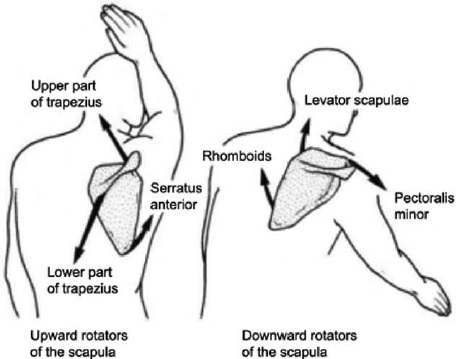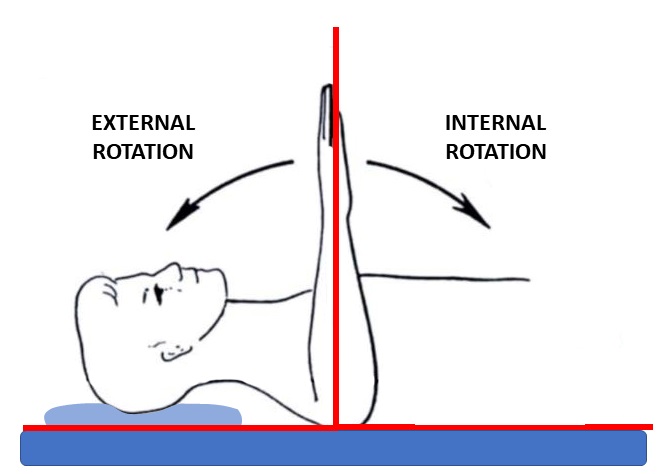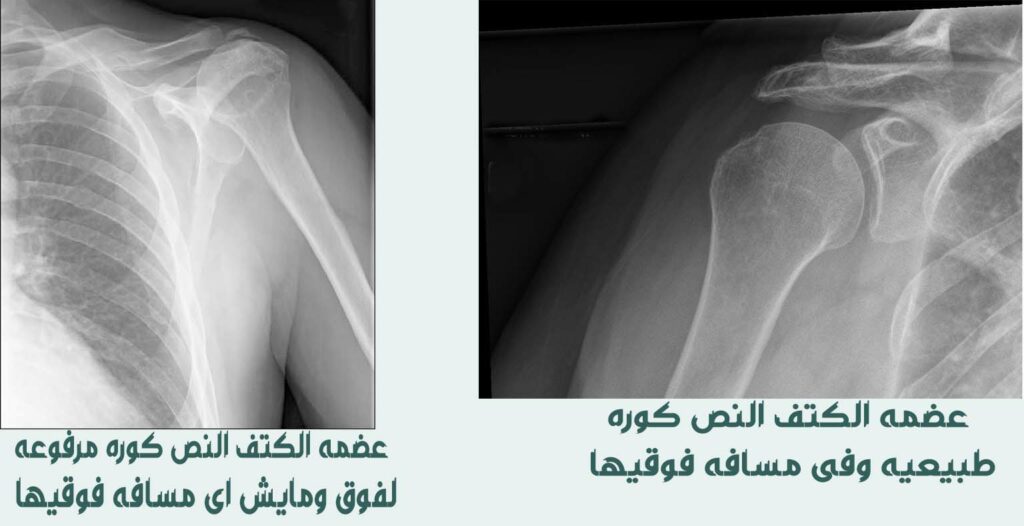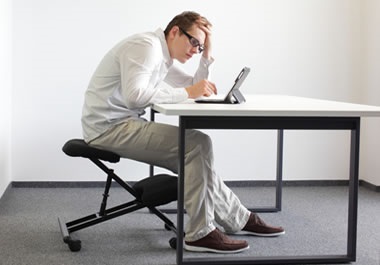Shoulder Pain and Shoulder Tendonitis

Shoulder pain and tendonitis are among the most common problems across all age groups. I see patients as young as 25 and others who are 50 with the same complaint. They range from athletes to non-athletes. In short, having shoulder pain and tendonitis isn’t about whether your muscles are strong or weak; it has more to do with whether your muscles are balanced. As usual, I recommend watching the video first before continuing with this article, as some things in the video are not in the article, and vice versa.
What is a “balanced shoulder,” and what does muscular balance for the shoulder mean?
As I explained before in the article on spinal pain and muscular balance, ideally, all the muscles in your spine and body should be equal in strength, length, and tone on the front, back, and sides. I advise you to read that article if you haven’t already.
If we apply this same concept to the shoulder muscles, you will find that the shoulder blade (scapula) has muscles attached to it from almost every direction, and each muscle group is balanced by another.
For example, there are three muscles responsible for the upward rotation of the scapula that must be in balance with three other muscles that handle its downward rotation. If one group becomes stronger or has more tone than the other, or if muscles in one group shorten, an imbalance will occur in the scapula’s position. This will cause it to shift, leading to shoulder pain, tendonitis, and what I explained in the video as shoulder impingement. Look at this image of the two muscle groups.

Image Caption: The Two Muscle Groups for Shoulder Rotation
Each arrow you see represents a muscle. The 3 muscles in the upward rotation group must be balanced with the 3 muscles in the downward rotation group to prevent shoulder pain and tendonitis.
Now, if an imbalance occurs, the position of the shoulder blade will change completely, causing shoulder pain, tendonitis, or shoulder impingement, as I explained in the video. Look at this image.

Image Caption: Muscular Imbalance of the Scapula Muscles
Of course, there are many forms of muscular imbalance in the scapula that ultimately result in shoulder pain, but I will stick to this picture for now.
There are two other muscle groups: the muscles that rotate the shoulder forward and the opposing muscles that rotate it backward. Look at this image.

These must also be balanced. Otherwise, you will find that the arm’s range of motion is much greater in one direction than the other. The result is that the head of the humerus (the “ball” part of the ball-and-socket joint) will move upward and “impinge” on the tendon. In this case, the scapula is not the only problem, but the end result is still shoulder pain and tendonitis. Look at the next image.

Image Caption: Anterior-Posterior Muscular Imbalance
Who is most at risk for shoulder pain and tendonitis?
- Swimmers and regular gym-goers
- Dentists and surgeons
- Barbers and drivers
- Teachers
- Office workers and software engineers
- Anyone who sits slumped over and leaning forward, including many housewives due to frequent incorrect posture. This slumped posture and shoulder rotation is almost always associated with neck pain and neck arthritis. I recommend you see the article on neck arthritis to understand more.

Image Caption: Slumped Posture and Shoulder Rotation
The Stages of Shoulder Pain
- First Stage: Shoulder tendon impingement.
- Second Stage: Partial tear of the shoulder tendon.
- Third Stage: Complete tear of the shoulder tendon.
Treatment for Shoulder Pain and Tendonitis
The first and second stages must be treated with physiotherapy. When you do, go to a specialized physiotherapist who understands what muscular balance, a tight shoulder capsule, and shoulder rotation mean, so you can get results and recover from the shoulder pain and impingement without surgery.
If the doctor knows what they’re doing, you’ll find that your sessions are conducted without machines. Don’t be surprised that manual sessions without machines yield much better and faster results, resolving the problem quickly. If your sessions consist only of machines, you are literally doing nothing and will continue to suffer from shoulder pain for a very long time, because machines will never restore muscular balance. The doctor must do this themselves: weak muscles will be strengthened, tight ones will be released, and the shoulder will be moved in a specific way to lengthen the shoulder capsule again. In short, forget about machines.
The third stage requires surgery. The patient will undergo surgery and then do physiotherapy. I will repeat: if you are going to do physiotherapy that only uses machines, it’s better not to do it at all.
Are there cases that have recovered through this Muscular Balance technique?
Go and read the article about patients who recovered from disc problems, watch the videos we filmed with patients, and see their reviews and testimonials after they recovered. You can also visit the center’s Facebook page to read these reviews at your leisure; you will find many more there. I have only included a small number of testimonials here.
Finally, if you have shoulder pain that you haven’t been able to solve, we welcome you to our center, and God willing, we will solve your problem.
Cairo Branch: Nasr City, 53 Hisham Labib St.
For the detailed location, click on the word “Location”.
To book or inquire by phone, click the blue button to reveal the phone number.
Cairo Phone Number
Mansoura Branch: Mansoura, in front of Al-Salam Mosque.
For detailed directions, click on the word “Directions”.
To book or inquire by phone, click the green button to reveal the phone number.
Mansoura Phone Number

